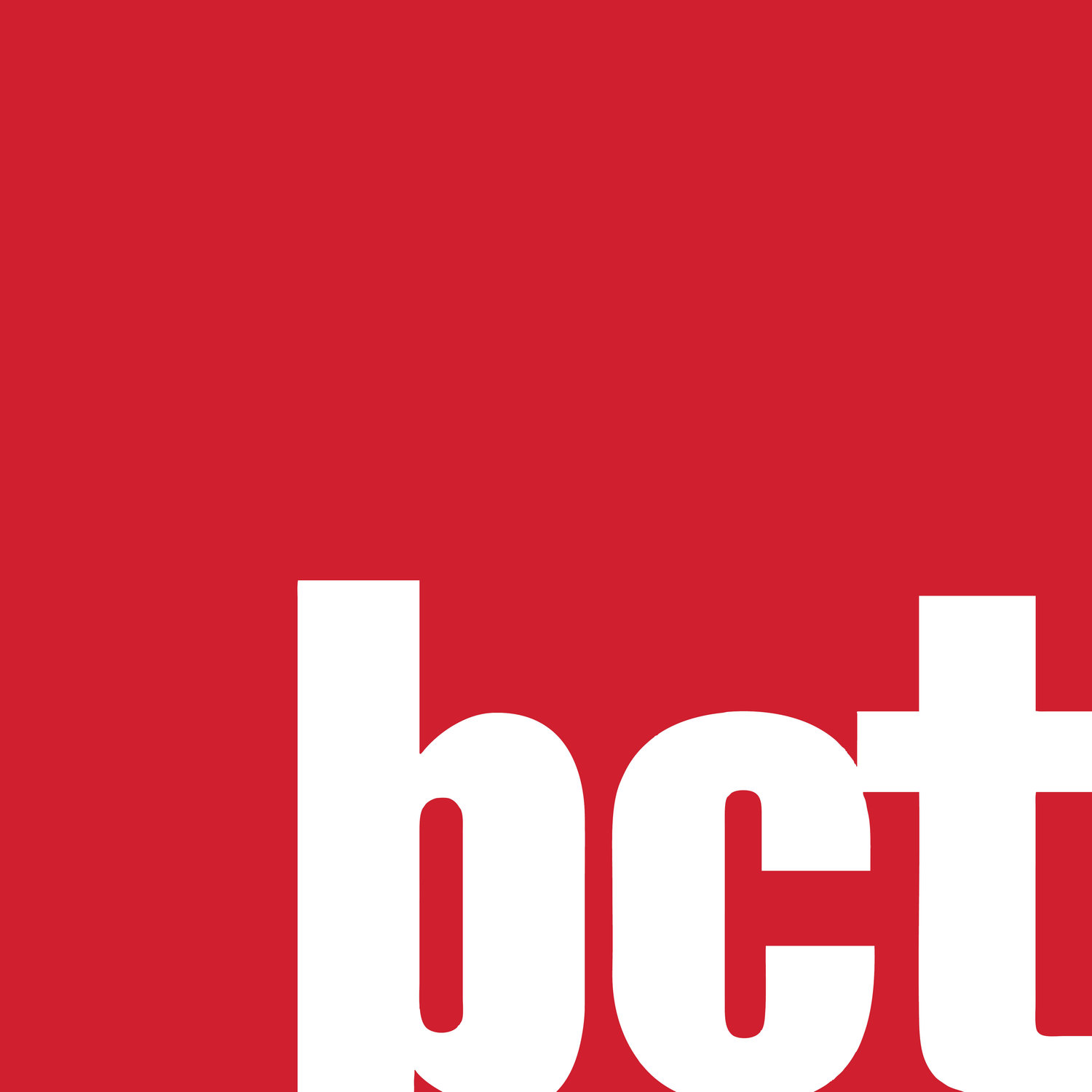Happy Holidays from BCT Architects! /
As we reflect on the year, our thoughts turn to those with whom we have the privilege to work. Thank you for your continued support! Best wishes for the holidays and the New Year!
The Third Place is Changing /
As our apartments and workspaces get smaller, our desire to be in inspiring, socially oriented, spaces increases. So urban folk, that are young at heart, have often walked to the corner cafe and rubbed elbows with like-minded people. Because this often occurs in neighborhoods or on high street retail locations, there is one major change occurring.
Retail which often embraces and defines our public spaces is changing due to online purchasing and the demise of traditional retail channels such as the department store.
Therefore public gatherings are occurring more frequently adjacent to co-working, fitness, breweries, repair shops (bike, computer, etc.) and bars, restaurants, and entertainment uses. It is not surprising that we want to be in the midst of cool stuff. But our definition of cool stuff changes occasionally over time. Currently, when relaxing, many of us like being around activities that require dexterity and skill and pique our interest. Witness the proliferation of Bicycle Repair cafes, live music, maker markets, and art studios.
We are finding ways to cram many of these uses together and making spaces that are active 16 hours a day (if not 24) and that stimulate our senses. So this means moving some workspace and co-working space to the street level. It can also mean moving the public space to upper levels... but more on that in a future post.
Coffee shops and co-working are both changing... And becoming more alike... We are seeing more interest in "membership places" such as clubs like ww.oxfordexchange.com in Tampa. Uses under one roof include a restaurant, co-working, coffee shop, event space and retail.
These trends are impacting the built environment. National chain stores (despite their credit ratings) are shunned. Organic, granular, and authentic are the characteristics that are prevalent in the most successful destinations. These efforts are generally more easily achieved by small entrepreneurial 'developers' like Liz Dunn in Seattle. Her self-described "skinny development" focuses on historic buildings, programming, and community focused uses.
Renovation and re-use of existing buildings will continue to grow and will complement our new structures that will focus on sustainability, natural lights, plants, and especially flexibility for uses!



